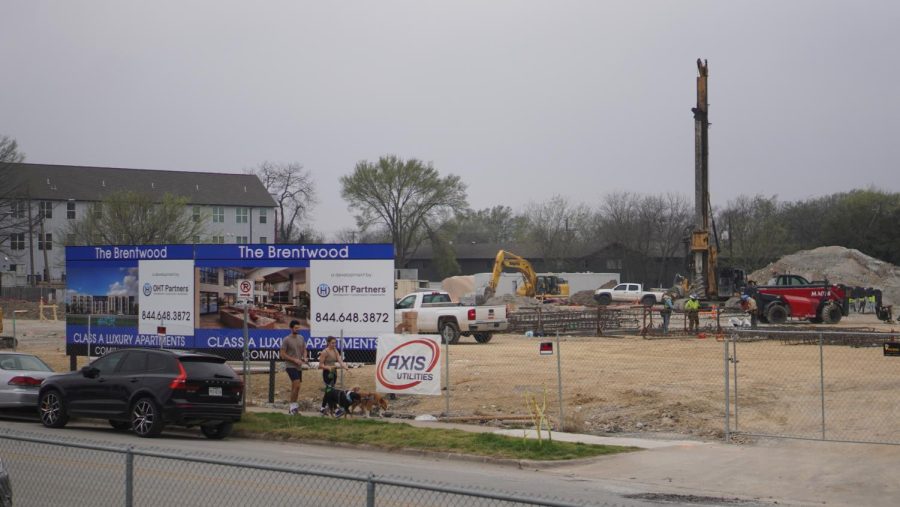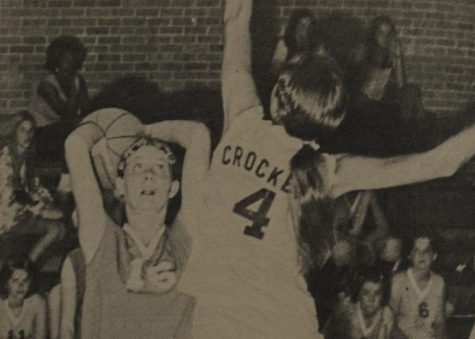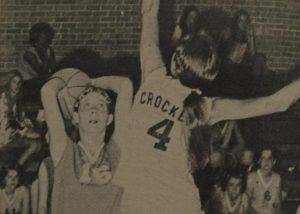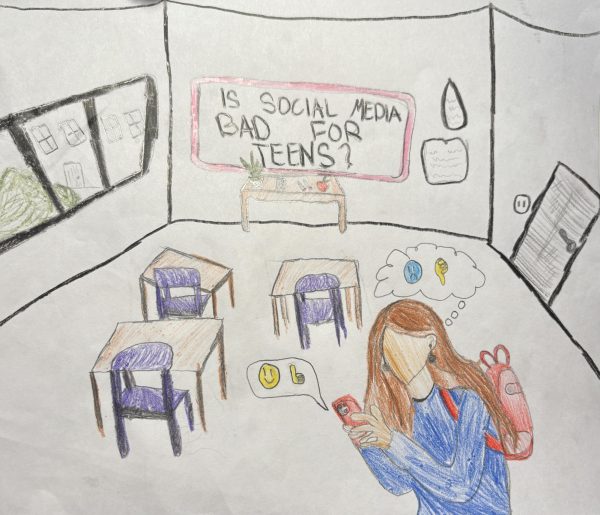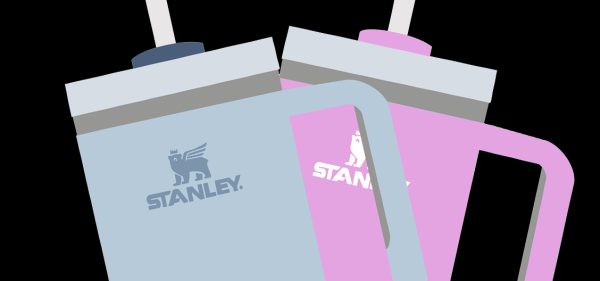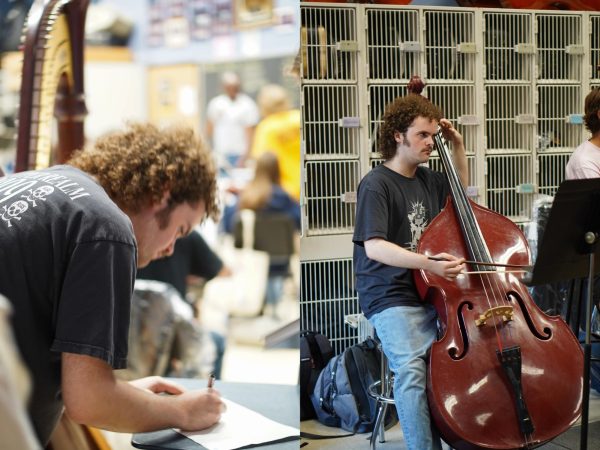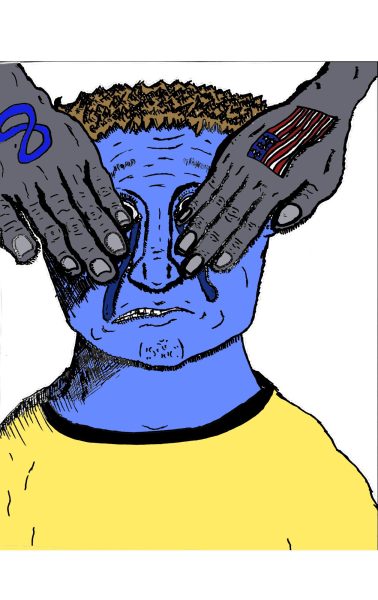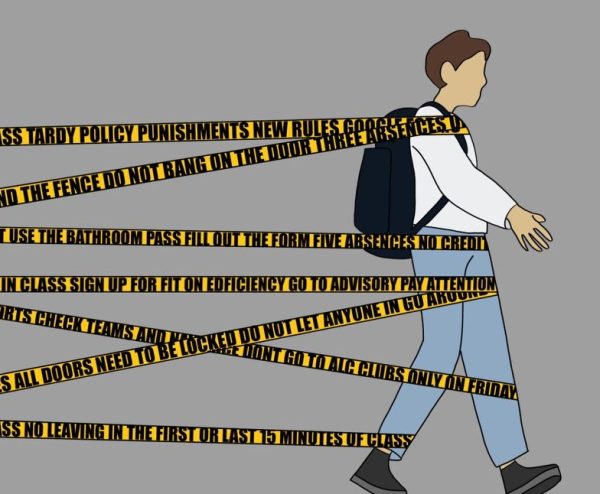THROWBACK THURSDAY: ‘Paradise years’ ending for Austin
40 years ago, The Shield began taking note of the city’s massive development to come
Fast-forward four decades, and the same picture can be seen painted across the city, with more and more classic establishments, such as the ill-fated Dart Bowl, having been destroyed with expensive apartments put in its place.
March 3, 2023
It was just a minor observation, I suppose. But still, I couldn’t help wondering about what it really meant.
I visited Corpus Christi last month. You know, the city on the coast, population 235,000, about the size Austin was 15 years ago. While driving along the streets of the city, I saw something that I hadn’t seen in a long, long time.
Residential neighborhoods, are harder hit by this growth than business areas, though. Apartments and condominiums have been springing up everywhere.
A vacant lot.
You know, a little plot of undeveloped land, usually on the corner of two residential streets. The kind of place where dads take their kids on Saturdays to teach them how to play baseball.
As I continued along the street, I spotted another, then another, and still another…
I remember seeing these in my own neighborhood when I was little, but that was quite a while ago. I had forgotten that vacant lots even existed until I saw them in Corpus. It made me think about how Austin has changed in the past decade.
When I was in elementary school, Anderson Lane west of Burnet Road was more or less barren. Northcross Mall, The Village, and countless other shopping centers have changed all that, and now development is consuming all the land in sight up to IBM on the northern part of Burnet Road.
Residential neighborhoods, are harder hit by this growth than business areas, though. Apartments and condominiums have been springing up everywhere. Developers and builders are taking up all the undeveloped plots of land they can find and slapping down living quarters on them. That’s why “vacant lot” is now an archaic term in Austin.
But the astonishingly rapid increase of development in residential areas hints to the sad, yet unavoidable, truth. Austin is on the verge of losing its appeal as a city with the benefits of both a small and large city.
Of course, it’s not as if Austin is a solid mass of concrete. Austin’s city parks are fairly abundant and generally very nice. In addition, the hike and bike trails along Town Lake and other Austin waterways are some of the nicest outdoor facilities any city can boast.
But the astonishingly rapid increase of development in residential areas hints to the sad, yet unavoidable, truth. Austin is on the verge of losing its appeal as a city with the benefits of both a small and large city.
It’s not just because Austinites don’t care; it’s just something that comes with time. The environmentally concerned and active community can’t stop it. City Council actions can’t stop it. All good things must come to an end — it’s as simple as that.
Austin won’t become another Houston yet for quite some time, but I fear it has seen its best years. Next year, I will live away from Austin for the first time since I can remember. I’ll have good memories of this city, but I don’t know if I’ll plan on returning when my college years are over.
I have a feeling I’ll be searching for a place where vacant lots are still around. You know, the kind of place where dads take their kids on Saturday to teach them how to play baseball…
This story was originally published in The Shield on May 24, 1983.



